Testing Webhook Requests
You can test webhook requests using external tools or the built-in test function. The built-in test function also checks whether the server the request is being sent to uses TLS 1.2 (passed) or not (not passed).
Table of Contents
- To Test a Project-Specific Webhook Request
- To Test a Global Webhook Request
- To Test a Webhook Request Using RequestBin
To Test a Project-Specific Webhook Request
- Select a project from the project list, then select the Webhook tab.
- Press
to add new, or double-click on an already existing request.
- Press Test connection.
- If the request is processed successfully, you receive a 200 OK popup message. If the request is unsuccessful, you will receive a 404 Not found popup message.
Note: Messages are in JSON format.
To Test a Global Webhook Request
- From the VCC Live menu, select Contact Center > Global Settings, then select the Webhook tab.
- Press
to add new, or double-click on an already existing request.
- Press Test connection.
- If the request is processed successfully, you receive a 200 OK popup message. If the request is unsuccessful, you will receive a 404 Not found popup message.
Note: Messages are in JSON format.
To Test a Webhook Request Using RequestBin
- Visit http://requestb.in.
- Press Create a RequestBin.
- Copy the URL to your clipboard.
- Paste the URL into URL textbox in the Webhook settings.
- Make a phone call and set a disposition.
- Check your bin at http://requestb.in to analyze the request.
Note: The last 20 requests are stored for 48 hours.
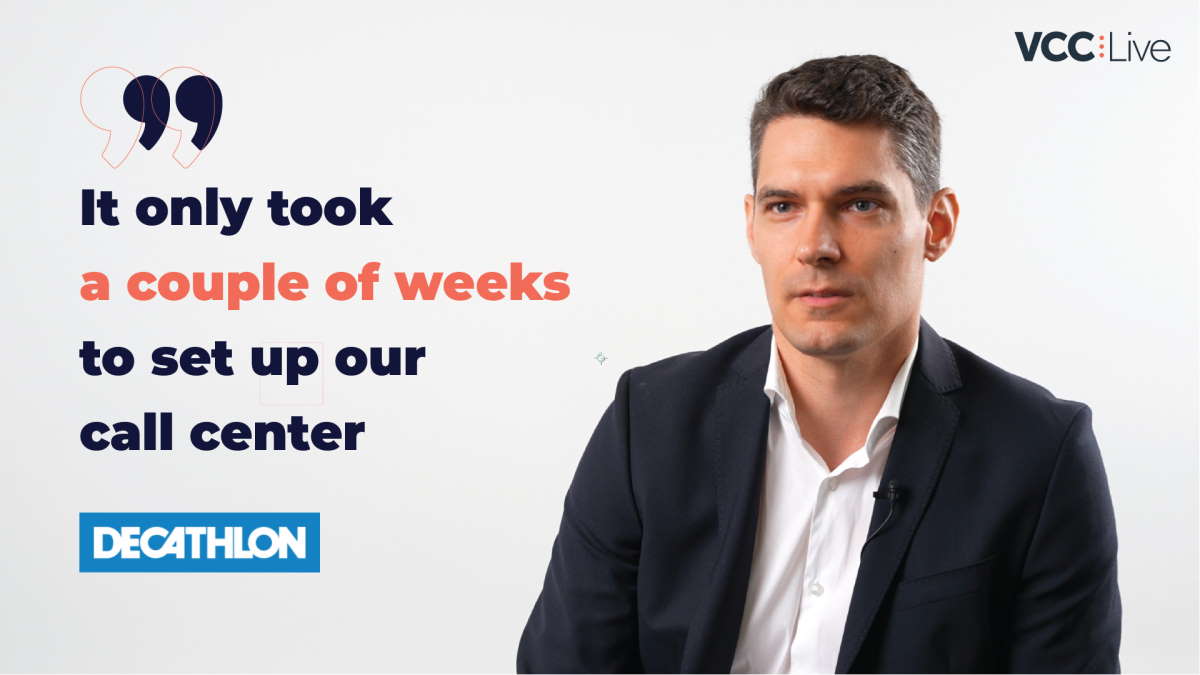
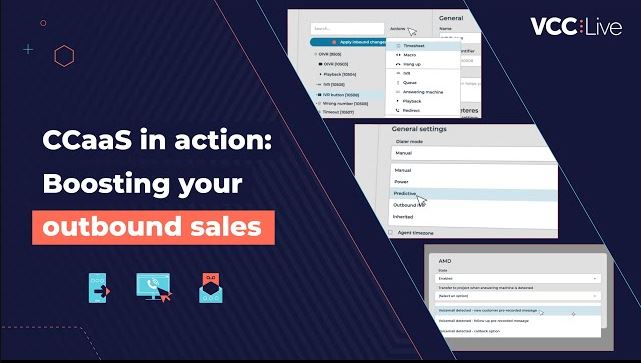
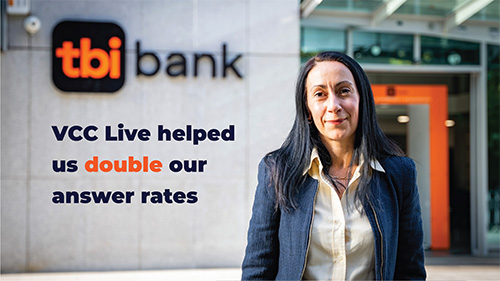
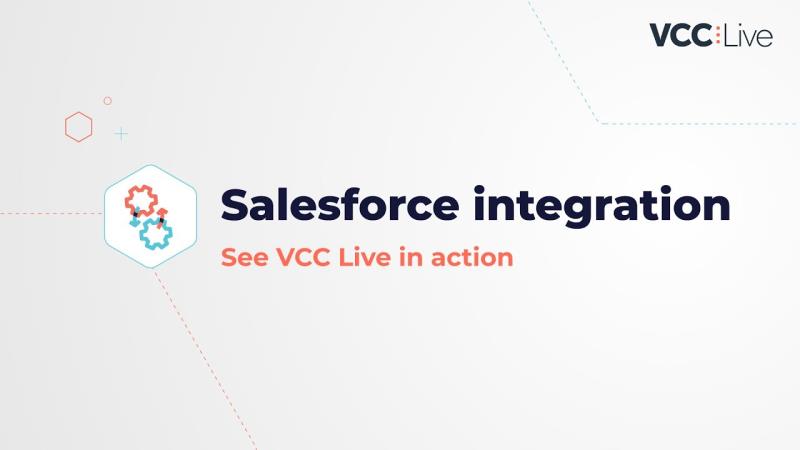
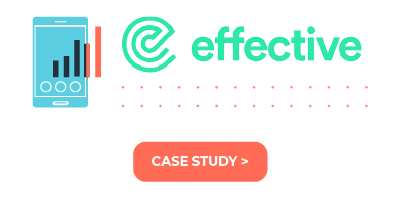
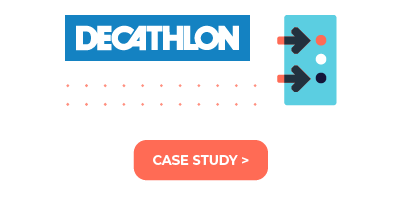
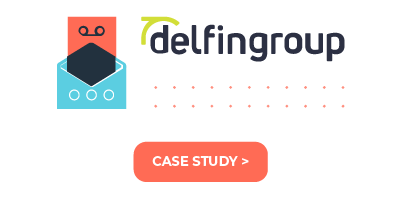

Comments
Can’t find what you need? Use the comment section below to connect with others, get answers from our experts, or share your ideas with us.
There are no comments yet.